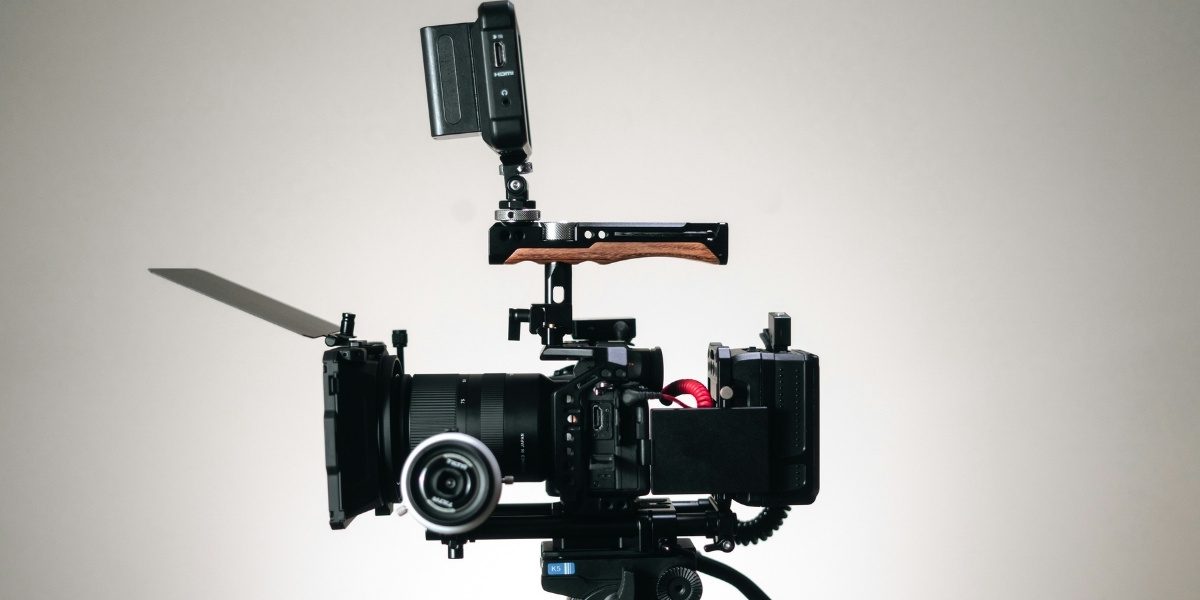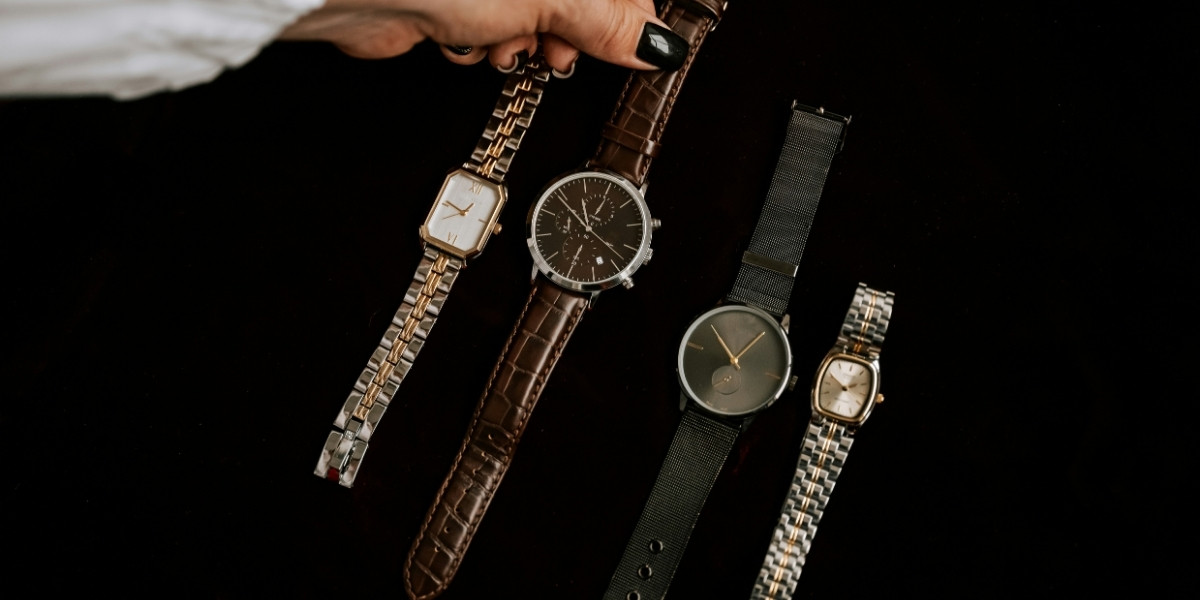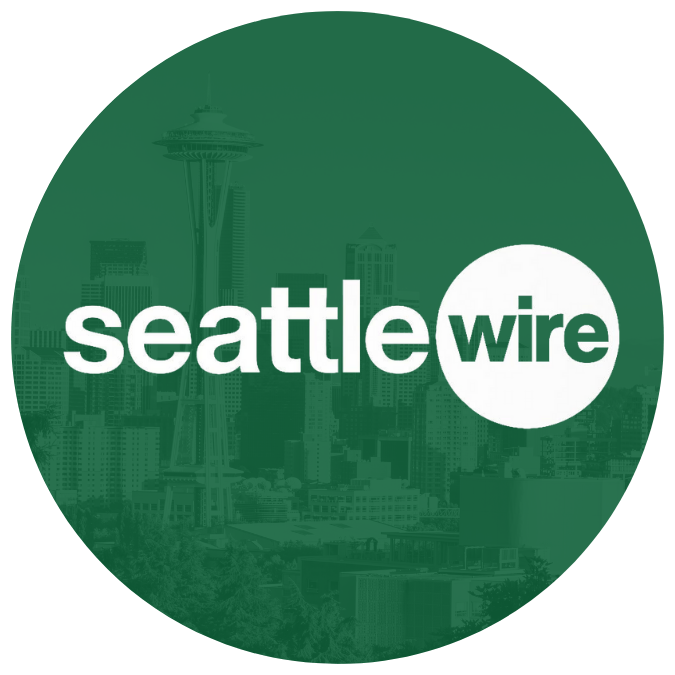Embarking on the vlogging journey requires the right tools, and at the heart of your setup is your camera. Choosing the “right” vlogging camera isn’t about the most expensive or feature-packed option; it’s about finding the camera that best suits your content style, technical needs, budget, and portability requirements. This serves as a comprehensive guide to navigating the diverse landscape of vlogging cameras, empowering you to make an informed decision that sets you up for success.
Read Also: Why Trending Hashtags Matter for Content Engagement
Defining Your Vlogging Style and Needs
The first step in choosing the perfect vlogging camera is to assess your vlogging style and needs. The type of content you plan to create, your shooting environments, and your technical skill level are key factors in narrowing down your options. Here’s a breakdown of what to consider:
Type of Content
-
Travel Vlogs: If you’re creating travel vlogs, portability, battery life, and ruggedness are key. You’ll need a lightweight camera that can handle outdoor environments, sudden movements, and long shooting sessions.
-
Beauty Tutorials: For beauty-focused content, video quality, autofocus, and lighting are crucial. A camera with a flip-out screen and clear image quality will help you showcase products and makeup techniques with precision.
-
Gaming Commentary: When creating gaming content, you may want a camera with great audio capabilities and video quality for recording facecams alongside your gaming sessions. A camera with streaming capabilities or good lighting compatibility will also be essential.
-
Interviews or Vlogs: For interview or sit-down vlogs, focus on image stabilization, autofocus, and audio quality. You’ll likely be in one location, so ease of use and audio input options are important.
Shooting Environments
Consider where you’ll be filming—indoor vs. outdoor and static vs. on-the-go. Shooting outdoors in bright sunlight, for example, requires different features (like lens filters or good low-light performance) compared to indoor or static vlogs.
Technical Skill Level
If you’re a beginner, you’ll want a user-friendly camera with auto settings and easy-to-understand features. On the other hand, advanced vloggers may prefer cameras with more manual control and interchangeable lenses for fine-tuning their shots.
Key Camera Features for Vlogging
When selecting the ideal vlogging camera, it’s crucial to consider several key features that affect the overall quality and ease of use. Below are the essential features to look for in a vlogging camera:
Video Resolution and Frame Rates
-
1080p is the standard resolution for vlogging and works for most types of content. However, 4K provides higher resolution and allows for more detailed and professional-quality videos, making it suitable for future-proof content.
-
Frame rates (e.g., 30 fps, 60 fps, or even slow-motion) can significantly affect your video’s appearance. If you’re filming fast action or want to create cinematic effects, look for cameras that support high frame rates and slow-motion video.
Autofocus Capabilities
Autofocus is critical, especially for vloggers who move a lot or engage in dynamic content. Look for continuous autofocus to keep the focus on you while you’re recording, especially for selfie-style vlogs.
Image Stabilization
To avoid shaky footage, ensure your camera has image stabilization, whether optical or digital. This feature is vital for handheld vlogging and creates smoother footage while you move or walk around.
Audio Input Options
Sound quality is just as important as video quality. A camera with external microphone inputs (such as 3.5mm microphone jacks) will allow you to use lavaliers, shotgun microphones, or wireless setups for enhanced audio clarity. Even if your camera has a built-in mic, having the ability to plug in an external mic is a huge advantage for vlogs.
Flip-Out Screen
A flip-out screen is essential for self-monitoring when filming yourself. It allows you to see your framing, ensure you’re in focus, and check for proper lighting, all of which make the vlogging process much easier.
Battery Life
Vlogging can drain your camera’s battery quickly, especially when recording for long hours or outdoors. Choose a camera with long-lasting battery life or one that allows easy battery swaps for longer shoots.
Different Types of Vlogging Cameras
There are various types of vlogging cameras, each designed to meet different needs. Let’s examine some of the most popular options:
Smartphones
-
Ideal for: Beginners, convenience, and portability.
-
Pros: Always available, simple to use, capable of high-quality video, and comes with great apps for editing.
-
Cons: Limited image quality and sound compared to specialized cameras; some phones lack optical zoom or advanced settings.
Point-and-Shoot Cameras
-
Ideal for: Casual vloggers and those looking for simplicity.
-
Pros: Compact, easy to use, and better image quality than smartphones. Many have a flip screen, 4K video, and good low-light performance.
-
Cons: Limited manual control and fewer advanced features compared to mirrorless or DSLR options.
Mirrorless Cameras
-
Ideal for: Experienced vloggers who need excellent image quality and flexibility.
-
Pros: Exceptional video quality, interchangeable lenses, autofocus, and manual controls. A great balance of portability and performance.
-
Cons: More expensive than point-and-shoot cameras and can be a little bulkier.
DSLR Cameras
-
Ideal for: Professionals or vloggers seeking the highest image quality and flexibility.
-
Pros: Outstanding image quality, interchangeable lenses, and manual settings. They’re perfect for highly detailed or artistic vlogs.
-
Cons: Bulky and heavier, making them less portable for on-the-go vlogging.
Action Cameras
-
Ideal for: Vloggers who need durable, rugged cameras for action-packed, dynamic content.
-
Pros: Waterproof, shockproof, and compact. Perfect for outdoor or sports vlogs.
-
Cons: Limited image quality and features for traditional vlogging.
Webcams
-
Ideal for: Live streaming or online content creation.
-
Pros: Affordable and easy to use, ideal for home studio setups.
-
Cons: Limited video quality compared to other cameras, not portable.
Budget Considerations
When selecting a vlogging camera, it’s important to balance features with your budget. There are options in almost every price range:
-
Budget options: You can start with a smartphone or a basic point-and-shoot camera if you’re just getting into vlogging. These typically range from $100 to $500.
-
Mid-range options: Cameras like the Sony ZV-1 or Canon G7X Mark III are excellent choices for vloggers who need 4K video, great autofocus, and flip-out screens, with prices ranging from $500 to $1,200.
-
High-end options: For professionals, mirrorless cameras like the Sony Alpha a6400 or Panasonic GH5 are fantastic for advanced vloggers who want interchangeable lenses, manual control, and top-notch image quality, often priced above $1,500.
Audio Quality: A Crucial Element
Good audio is one of the most important factors in vlogging, as poor sound quality can drive away viewers. Investing in a good external microphone is essential for creating engaging and professional vlogs. You can find lapel microphones, shotgun microphones, and even wireless mics that connect easily to most cameras.
Audio Tips:
-
Test the built-in mic before recording, especially in noisy environments.
-
Use a windscreen or dead cat mic cover if you plan on filming outdoors.
Portability and Size
If you plan on vlogging while traveling or filming on the go, portability is a key consideration. A compact camera can fit easily in your bag, and lightweight models are ideal for handheld shots. Cameras like point-and-shoots or action cameras are highly portable and great for vloggers on the move.
Read Also: Exploring the Importance of Set Design in Movies and Television
Ease of Use and Workflow
The best camera for vlogging is one that’s intuitive to use. Consider the menu system, button layout, and connectivity options. Make sure the camera is easy to set up, can quickly transfer footage to your computer or editing software, and suits your workflow.
Selecting the right vlogging camera is crucial for creating content that resonates with your audience. Whether you’re just starting or are an experienced creator, understanding your vlogging style, camera features, and budget considerations will guide you in making the right choice. A good vlogging camera balances video quality, audio performance, portability, and user-friendliness, allowing you to focus on what matters most—creating engaging content.






